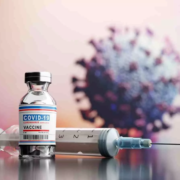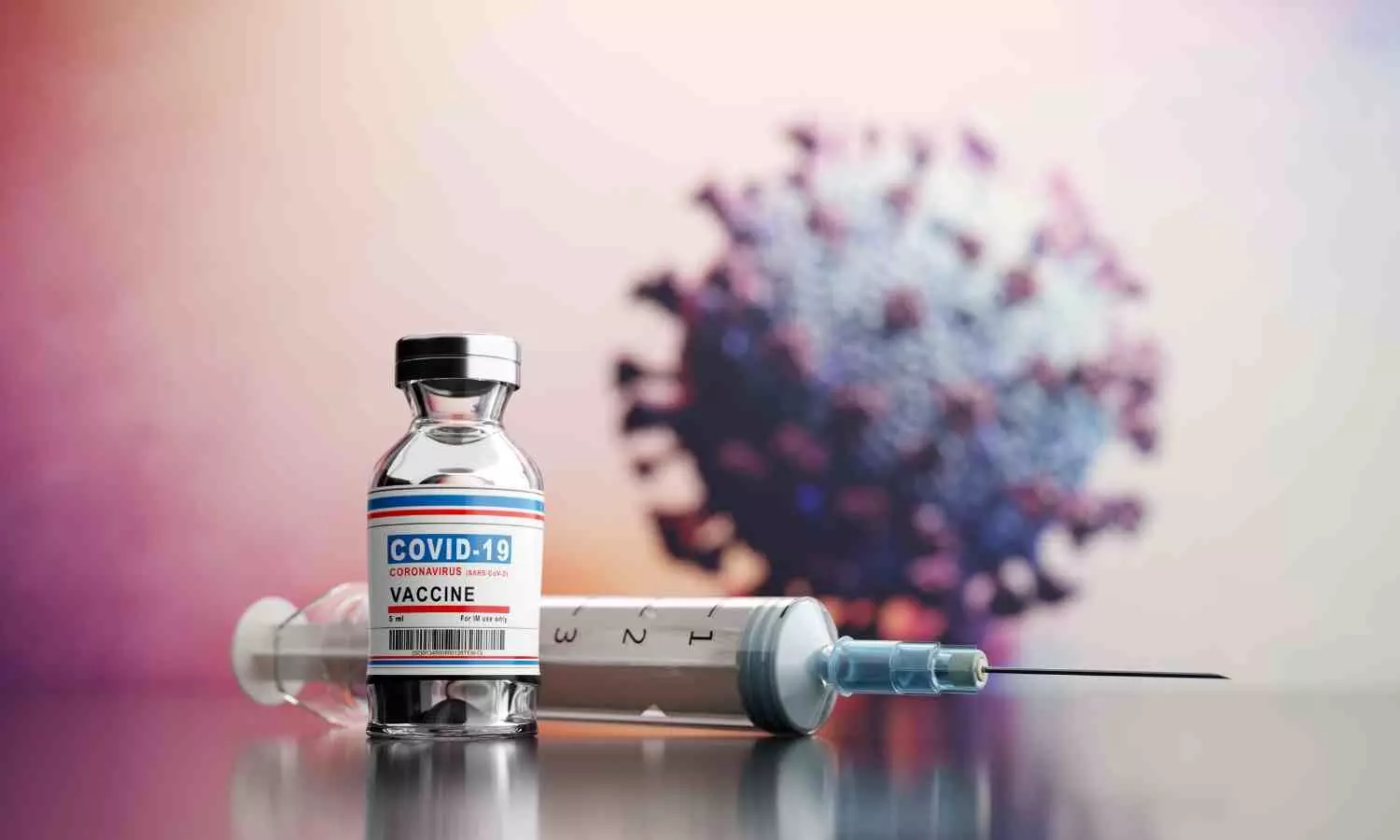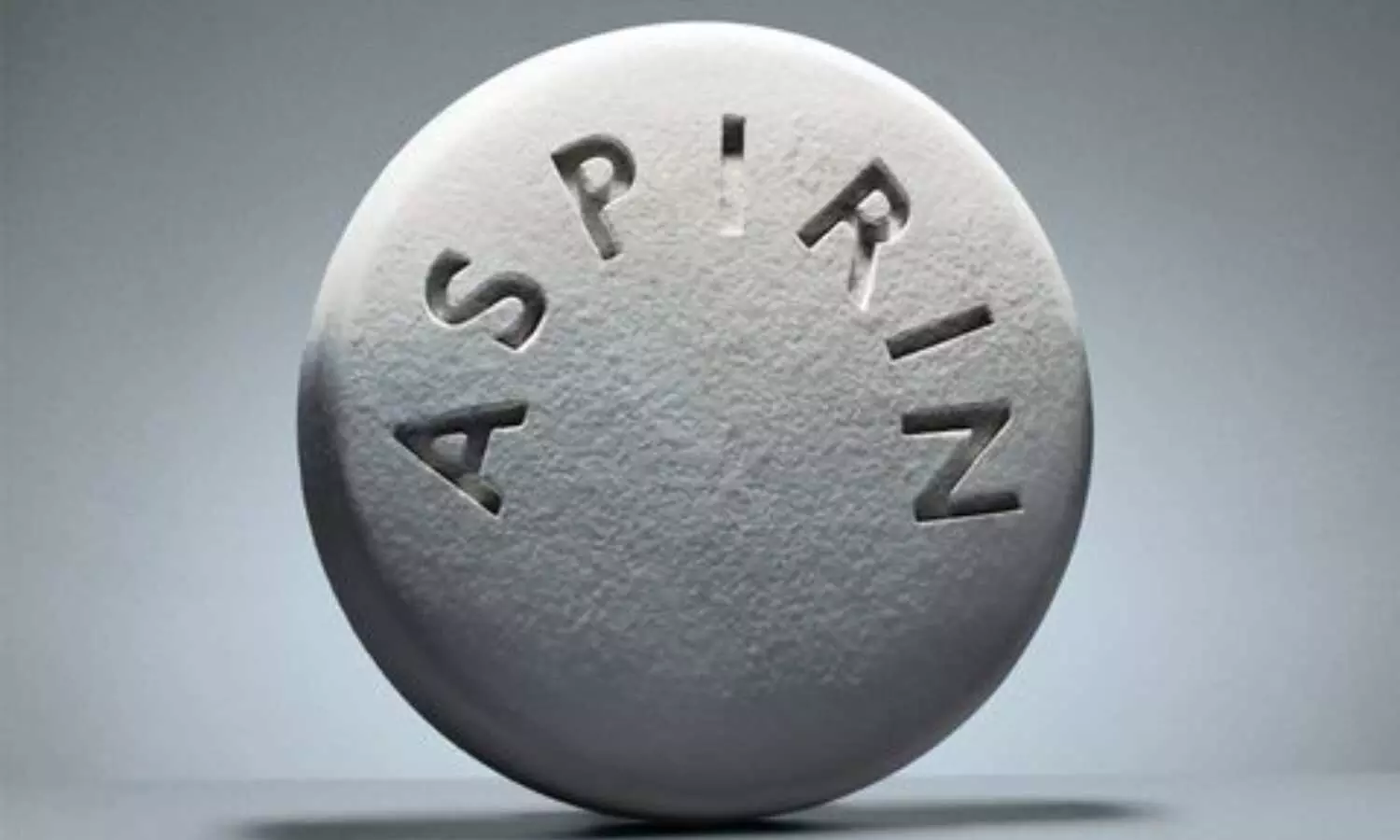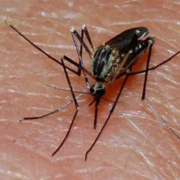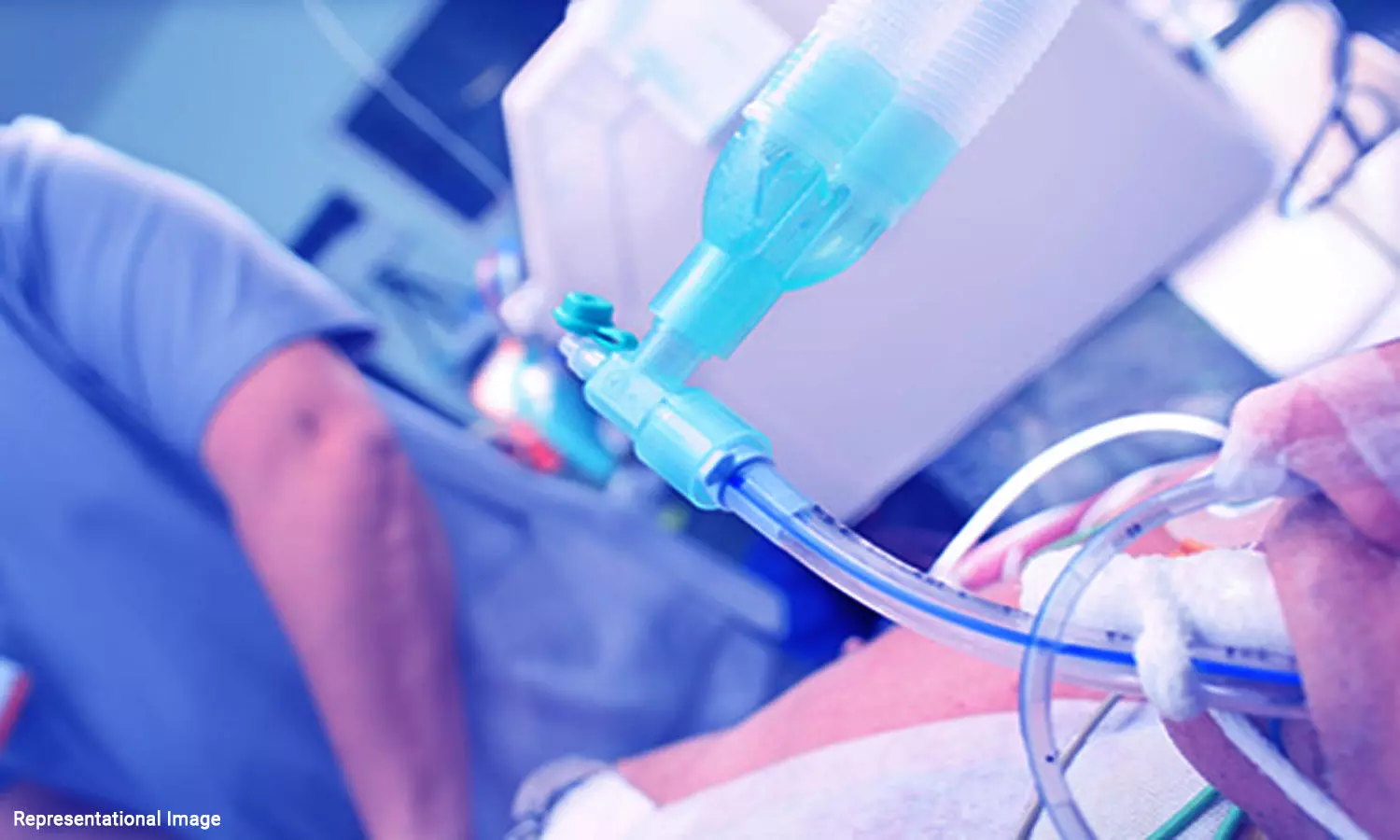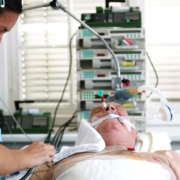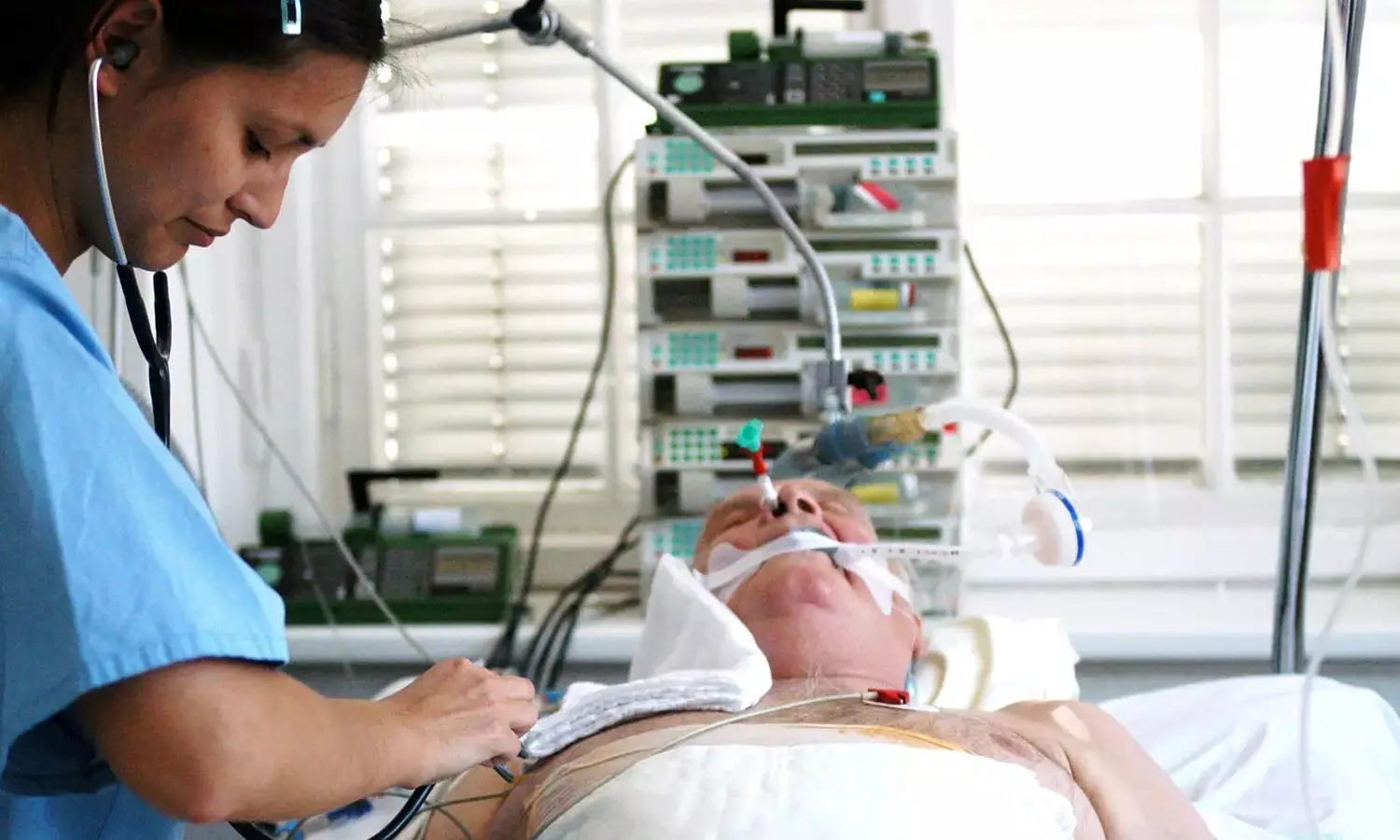A new screening algorithm for preeclampsia combining maternal history, ultrasound data and several tests for blood markers may better predict the majority of preeclampsia cases in the first trimester of pregnancy, when it may still be preventable, according to new research published today in Hypertension, an American Heart Association journal.
Preeclampsia is the most dangerous form of high blood pressure during pregnancy (blood pressure measures ≥140/90 mm Hg), and it is a leading cause of maternal death worldwide. Preeclampsia is potentially life-threatening when untreated. It affects 1 in 25 pregnancies in the U.S. and is more common in first-time pregnancies. Symptoms include headaches, vision changes and swelling of the mother’s hands, feet, face or eyes; or a change in the well-being of the baby. Recent research has found that preeclampsia can be linked to an increased risk of developing cardiovascular complications for women later in life.
“Preeclampsia is one of the most severe illnesses of pregnancy and may lead to preterm birth and/or maternal death,” said senior study author Emmanuel Bujold, M.D., M.Sc., professor in the department of obstetrics and gynecology at the Université Laval in Québec City, Canada.
The biological mechanisms that lead preeclampsia usually start in the first trimester of pregnancy (weeks 1 through 12), however, the initial symptoms of preeclampsia most often do not appear before week 20, Bujold noted.
The current risk factor-based guidelines from the American College of Obstetricians and Gynecologists (ACOG) recommend pregnant women take aspirin if they have a major risk factor such as chronic high blood pressure, Type 2 diabetes, chronic kidney disease, lupus or preeclampsia in a prior pregnancy. Aspirin is also recommended by ACOG for pregnant women with two moderate risk factors such as being a Black woman, having a sister or mother with history of preeclampsia, having a first pregnancy, obesity or an IVF pregnancy.
“Following those guidelines, almost all Black women should take aspirin during pregnancy, as should about one-third of all women of other races and ethnicities,” Bujold said.
Previous studies from the Fetal Medicine Foundation have found that preterm preeclampsia, defined as developing preeclampsia before 37 weeks of gestation, can be predicted in the first trimester using a combination of ultrasound and blood biomarker tests. In this study, researchers recruited over 7,000 women with first-time pregnancies across Canada who were between 11 and 14 weeks pregnant to evaluate the Fetal Medicine Foundation’s screening model. The model consisted of maternal history, ultrasound data and several tests for blood markers.
The study found:
- Using the Fetal Medicine Foundation’s screening model for participants between 11 and 13 weeks of pregnancy, the preeclampsia detection rate was 63.1% for preterm preeclampsia (before 37 weeks of gestation) and 77.3% for early preeclampsia (before 34 weeks of gestation). The false positive rate was 15.8%.
- Using the risk factor-based guidelines from the American College of Obstetricians and Gynecologists, the detection rate for preterm preeclampsia would be 61.5% and 59.1% for early preeclampsia, with a false-positive rate of 34.3%. This would be more than twice the false-positive rate of the Fetal Medicine Foundation’s screening model.
The only way to resolve preeclampsia once it has developed is to deliver the baby. by the study previous meta-analysis found that taking one low-dose aspirin daily may reduce the risk of developing preeclampsia by up to 53%.
“Using this new screening model, treatment decisions were based on each individual’s personal risk,” Bujold said. “With their personal risk calculated, it’s much easier for a woman to make the right decision, for example, if she chooses to take daily low-dose aspirin, she is much more likely to follow through because it’s based on personalized screening test.”
Study background and details:
- The study was conducted between 2014 and 2020 at five health centers across Canada. Of note: Canada has a national health care service, and coverage is universal for all Canadian citizens and permanent residents.
- 7,554 women who were pregnant for the first time were recruited between 11 and 14 weeks of pregnancy. 7,325 delivered after 20 weeks and remained eligible for the final analysis; 229 had pregnancies with fetal anomalies and were excluded from the analyses for the study.
- At time of enrollment in the study, participants underwent screening for preeclampsia. The data collected included age, weight, ethnicity, smoking status and chronic health conditions (chronic hypertension, Type 1 diabetes or Type 2 diabetes and antiphospholipid syndrome, an autoimmune disease that may be associated with pregnancy complications).
- The study participants had an average age of 29 years. 92% of participants self-identified as white; 4% as Black; 2.6% as South Asian; 0.9% as East Asian; 0.3% as First Nations; and 0.2% as mixed race or undetermined.
- The study excluded women who were taking antihypertensive medication for chronic hypertension, low-dose aspirin or low-molecular-weight-heparin (a blood thinner) on a daily basis were excluded from the study.
- Participants were followed until delivery. The primary outcome was preterm preeclampsia. The secondary outcome was early preeclampsia.
- Of the 7,325 women included in the analysis, 65 (0.9%) developed preterm preeclampsia, and 22 (0.3%) developed early preeclampsia.
Among the study’s limitations, several women with risk factors for preeclampsia, such as high blood pressure and Type 2 diabetes before pregnancy, were not included in the study if they were already taking aspirin for preeclampsia prevention. This would make it difficult to determine whether this population would rely solely on the Fetal Medicine Foundation’s screening model to decide whether or not to take daily, low-dose aspirin, Bujold noted. Additionally, only one lab was used to analyze blood samples, and blood samples collected at other centers across Canada were frozen and shipped for analysis, meaning that biomarkers were measured several weeks after the blood was drawn, which may have affected the results.
“It’s reasonable to believe that the inclusion of the entire population and immediate analysis of blood samples may both have improved the screening process. If we implemented a screening program in big cities across North America, the screening would be expected to be even better and more accurate,” Bujold said. “The good news is that we now have a more precise screening approach using existing tests that can predict preeclampsia early in pregnancy. The next step is to make this screening available to all pregnant women so that more women could receive a diagnosis early in pregnancy and begin preventative aspirin treatment, potentially preventing complications of severe preeclampsia.”
According to Sadiya S. Khan, M.D., M.Sc., FAHA, chair of the writing group for the Association’s 2023 scientific statement on Optimizing Prepregnancy Cardiovascular Health to Improve Outcomes in Pregnant and Postpartum Individuals and Offspring, predicting risk for term and preterm preeclampsia remains an important goal and priority to improve maternal health and mitigate disparities. Khan is the Magerstadt Professor of Cardiovascular Epidemiology and an associate professor of medicine and preventive medicine at the Northwestern University Feinberg School of Medicine in Chicago and a preventive cardiologist at Northwestern Medicine.
“Since the risks for preeclampsia may be largely influenced by health before pregnancy, the ability of a screening model to be applied in early pregnancy is very helpful and can initiate conversations between the clinician and patient about strategies to optimize heart health,” Khan said. “However, challenges remain with implementation of models such as this one that integrate biomarkers that are not routinely assessed and may not be widely available, especially among people in vulnerable populations who are most likely to have the highest risk for preterm preeclampsia.”
Reference:
Paul Guerby, Francois Audibert, Jo-Ann Johnson, Nanette Okun, Yves Giguère, Jean-Claude Forest, Nils Chaillet, Benoit Mâsse, David Wright, Louise Ghesquiere and Emmanuel Bujold, Prospective Validation of First-Trimester Screening for Preterm Preeclampsia in Nulliparous Women (PREDICTION Study), Hypertension, https://doi.org/10.1161/HYPERTENSIONAHA.123.22584.



